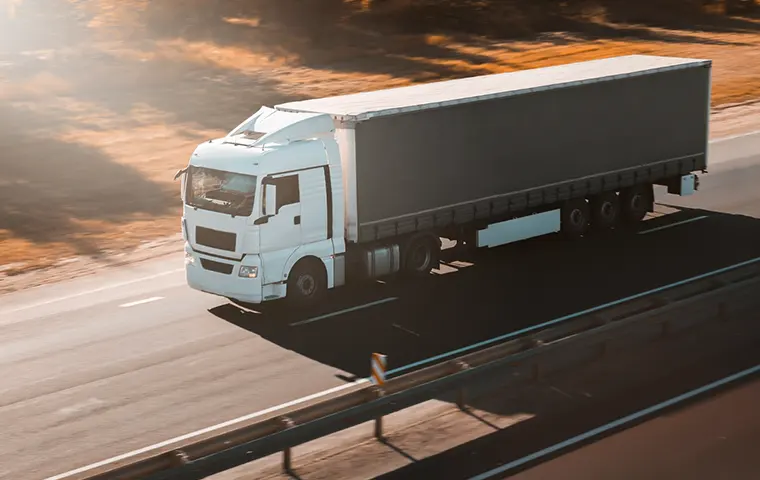A primary focus for any fleet manager is improving fleet efficiency. We’ve discussed many ways to boost efficiency on this blog, and today we’ll discuss another: trailer aerodynamic devices. What are they, and how do they improve vehicle efficiency? Are trailer aerodynamic devices suitable for your fleet vehicles? We’ll dive into all of this below.
What Are Trailer Aerodynamic Devices?
When a truck travels down the highway, we know it endures resistance from the air traveling around it. This creates a high-pressure area, particularly in four areas: the front of the trailer at the top, by the trailer gap, the undercarriage of the trailer, and the back of the trailer by the doors. These areas work to pull the vehicle backward while it attempts to move forward, putting strain on the engine. So we see where the issue is, but how can it be solved?
Trailer aerodynamic solutions work to decrease aerodynamic drag on the trailer. This reduces strain on the engine, improving fuel economy and boosting the efficiency of the vehicle’s operations.
Types of Trailer Aerodynamic Solutions
Each type of device reduces drag in a different area. These are the different types of trailer aerodynamic solutions:
- Side Skirts: These help reduce aerodynamic drag underneath the trailer, where airflow hits the trailer’s rear axles. Instead, these devices guide the air around the sides and to the back of the trailer.
- Trailer Tails: As the name implies, trailer tails work on the high-pressure area behind the trailer. This area often creates the most drag, so trailer tails can significantly improve a vehicle’s efficiency.
- Nose Fairings and Gap Reducers: The third area of most resistance is the trailer gap, and these devices limit air resistance here. They fill the area between the tractor and the front of a trailer to shield it from crosswinds and reduce the drag on the front of the trailer.
- Wheel Covers and Mudflaps: These devices reduce turbulence and drag around the wheels.
What to Look For in Aerodynamic Devices
We see now how aerodynamic devices can benefit our fleet’s efficiency and bottom line, but how do we know which device to pick? Like anything, there are so many options on the market. Let’s go over some factors to consider.
- Durability: This is particularly important if you drive in extreme conditions. How long will your device last?
- Compatibility: If you will be using multiple aerodynamic devices, you must ensure they are all compatible.
- Functionality: Ensure that any equipment you choose will function reliably.
- Support: Whenever you purchase a new device for your fleet, ensure it is easy to get support if you have any challenges implementing it.
- Driver Role: Does the driver need to activate the device, or does it function all the time?
- Maintenance: You don’t want to install something that will cause a lot of maintenance needs and downtime. Can you maintain the device in-house? Are replacement parts readily available?
- Aesthetics: You want to ensure your trucks match your fleet’s brand or identity, even with efficiency devices.
Learn More About Fleet Devices and Technology
We cover all kinds of topics on this blog to help you maximize your fleet’s efficiency and safety. Stay up to date on our blog to learn more about how you can achieve your fleet’s goals. And if you’re in the market for fleet management software, schedule a demo with one of our fleet experts to discuss how Azuga’s fleet management solution can help your business goals become a reality.








